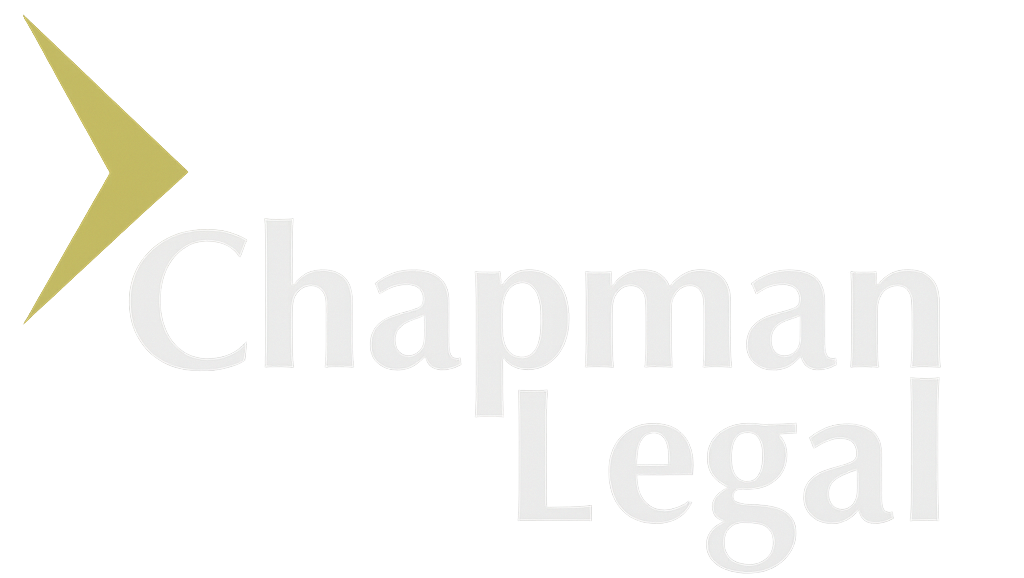The NLRA and Non-Union Employers
What You Need to Know About “Protected Concerted Activity”
Many employers assume the National Labor Relations Act (NLRA) only applies to unionized workplaces. In reality, the NLRA protects most employees—whether or not they are part of a union. In particular, all employees have rights to engage in certain “protected concerted activities.”
What Is “Protected Concerted Activity”?
A Protected Concerted Activity is any activity intended for the mutual aid or protection of employees, such as joining together to improve wages, hours, or working conditions. This protection applies even if the employees are not in a union.
For example, employees may:
Discuss their wages, schedules, and benefits with each other.
Raise concerns about workplace safety or scheduling.
Work together to request changes in policies or conditions.
Discuss other terms and conditions of their employment, such as employee discipline and performance management.
Employers are prohibited from taking any adverse employment action against employees for participating in these protected activities. Additionally, employers must avoid contractual terms or policies that could reasonably be interpreted as restricting these rights.
Stericycle
In the 2023 case of Stericycle, Inc. and Teamsters Local, the National Labor Relations Board (NLRB)—the agency that enforces the NLRA—clarified the high level of scrutiny it will apply when reviewing rules, policies, and agreements to determine if they infringe on protected concerted rights. According to the ruling, if a rule could be interpreted as discouraging employees from discussing working conditions or engaging in other protected concerted activity, the rule is presumptively unlawful, regardless of the employer’s intent or whether the rule was ever applied unlawfully.
Examples of policies that can create risk include:
Confidentiality rules that prohibit employees from discussing pay, bonuses, or other terms of employment.
Overly broad non-disparagement or social media policies.
Contractual provisions in confidentiality and proprietary information agreements (PIIA), or in separation agreements, that restrict the discussion of certain workplace issues.
Handbook rules that limit “negative” discussions about the company, supervisors, or coworkers.
What Employers Should Do Now
Given this increased scrutiny, employers should take steps to ensure they are not at risk of violating the NLRB’s standard.
To stay compliant, employers should:
Review their Employee Handbook – Policies should be narrowly drafted so they cannot be read to restrict legally protected employee discussions. Overly broad rules should be removed, and clarifying language should be added to state that nothing is intended to restrict employees from engaging in protected concerted activity, such as discussing their wages and terms of employment.
Check PIIAs and other agreements – Confidentiality provisions should not prevent employees from talking about their wages or terms of employment.
Train managers – Supervisors should understand that employees have the right to talk about their working conditions, even if the discussions are uncomfortable. Managers should be instructed not to discipline employees for discussing the terms and conditions of their employment.
If you need help reviewing your policies and practices to ensure compliance with the NLRA and recent NLRB rulings, contact Chapman Legal for guidance on maintaining compliance and reducing risk.

